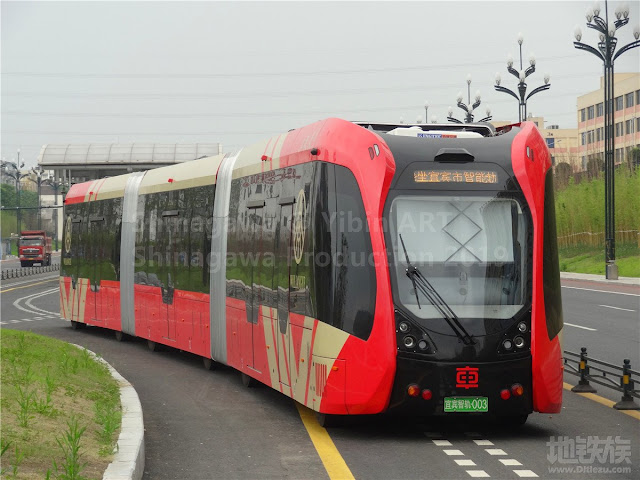Reports from Shenzhen
I stopped by Shenzhen for about 6 hours, since there is no direct train from Guangzhou to Fuzhou, I had to take a connection train from Shenzhen. My journey in Shenzhen started at the North railway sta.
I disgusted the design in specific, from the station name to the layout. An important railway sta. (Shenzhen East) is located right outside the station (which you can already see on the platform), yet it is still named as “Buji”, which is no hint. Besides, this layout is definitely the hell for all travelers to the railway sta., considering that they’ll have to drag their luggage all the way down to the ground level.
The “validation machine” for the business class.
The line map in July on which lines 7 and 9 are shown in grey
Shortly after I had arrived, I took line 4 to the convention & exhibition center for lunch (there’s a huge underground shopping mall there). Line 4 is actually operated by HK’s MTR, so you can see a lot of differences from other lines.
The next half of the journey after lunch started with line 1. My route was like: line 1 → interchange at Laojie → line 3 → interchange at Buji → line 5 → interchange at Huangbeiling → line 2 → interchange at Futian → line 11 → interchange at Qianhaiwan → line 5 → back to Shenzhen North sta. in order to travel on every single line.
The next half of the journey after lunch started with line 1. My route was like: line 1 → interchange at Laojie → line 3 → interchange at Buji → line 5 → interchange at Huangbeiling → line 2 → interchange at Futian → line 11 → interchange at Qianhaiwan → line 5 → back to Shenzhen North sta. in order to travel on every single line.
B4 level at Laojie station providing cross-platform interchange. This might be China’s oldest cross-platform interchange station.The station itself wasn’t planned as an interchange station upon the opening of line 1, so it was modified in order to create such an interchange. If you look it up on wikipedia you’ll find the station layout somewhat bizarre.
Line 3 is the first elevated metro I’ve ever taken (when I was 11 or so), so it was quite amazing that I don’t have the tiniest memory about it. The interchange at Buji is what we call as “heaven to hell”: 2 floors down to the ground level, and another 2 floors to the platform for line 5.
Line 3 is the first elevated metro I’ve ever taken (when I was 11 or so), so it was quite amazing that I don’t have the tiniest memory about it. The interchange at Buji is what we call as “heaven to hell”: 2 floors down to the ground level, and another 2 floors to the platform for line 5.
I disgusted the design in specific, from the station name to the layout. An important railway sta. (Shenzhen East) is located right outside the station (which you can already see on the platform), yet it is still named as “Buji”, which is no hint. Besides, this layout is definitely the hell for all travelers to the railway sta., considering that they’ll have to drag their luggage all the way down to the ground level.
Interchange corridor – F2 level
Interchange corridor – B1 level
Interchange corridor – towards B2 level
Line 5’s platform for Buji --- level B2
Another cross-platform interchange at Huangbeiling. This is obviously a planned one.
Interchange indications at Futian station.
We made a little stopover at Futian, because my mother urged so. This turned out to be a wise idea, and I got the chance to visit China’s largest underground railway sta. (Futian sta.) and the second largest underground rail station in the world, according to wikipedia, only that I didn’t realize it at that time.
After a small rest we resumed the journey with line 11. The most prominent feature on line 11 is that it has 8 cars with 2 extra cars serving as “business class” cars, which of course required a higher fee. I chose to buy a normal ticket after a long hesitation. A ticket for the business class is yellow in comparison to the normal green ones.
The lower yellow sign is for the business class vending machines.
The part of the platform for a business class car.
The “validation machine” for the business class.
A locked door separating normal cars from business class cars.
This is how it looks like in a business class car (with fake skylight).
Another prominent feature is that all the windows are adjustable on line 11 (they can be opened).
Station art at Shenzhen North sta. The end of my journey and the end of July.
And I flew to Germany one month later.
—— written 07/06/17,
one month before the flight to Nanjing




















Comments
Post a Comment